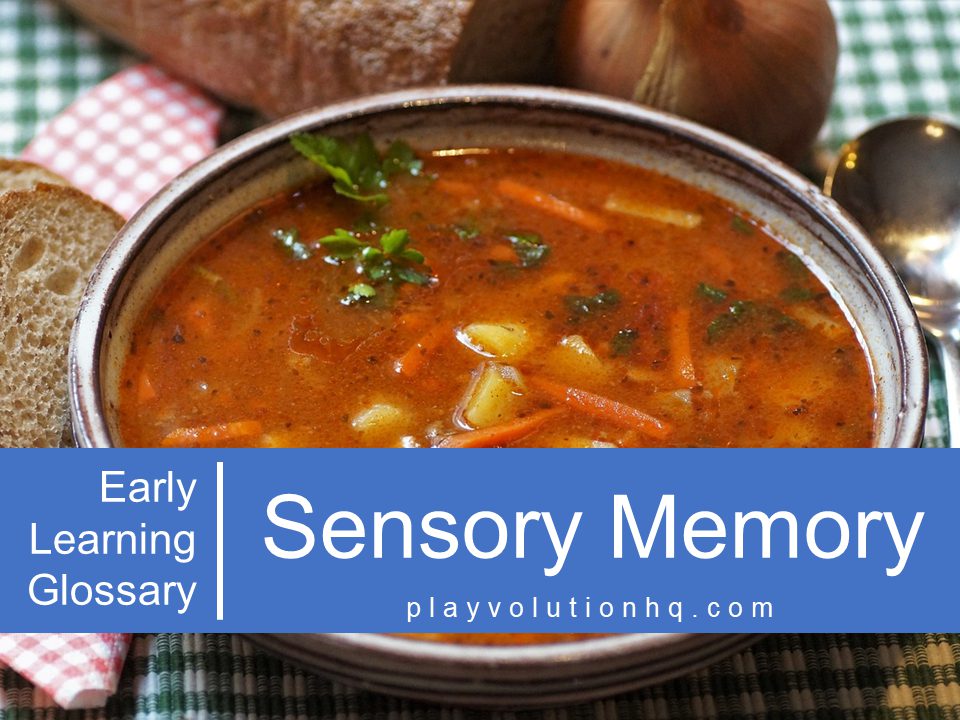
Table of Contents
Sensory memory is the first and shortest stage of memory in the human information processing system. It is the component of memory that holds onto sensory information received from the environment for a very brief period. It also acts as a buffer that captures a snapshot of sensory stimuli, such as what we see, hear, touch, taste, or smell, allowing us to perceive the world around us.
The sensory memory stage retains information for a very short duration, typically ranging from a fraction of a second to a few seconds. The purpose of this type of memory is to briefly hold onto incoming sensory data, allowing the brain to decide what information to process further and what to discard.
Types Of Sensory Memory
There are different types of sensory memory, each corresponding to a specific sensory modality. These are very short-term memories, lasting from milliseconds to seconds.
- Iconic Memory—Visual memories
- Echoic Memory—Auditory memories
- Haptic Memory—Memories of touch
- Gustatory Memory—Memories of tastes
- Olfactory Memory—Memories of scents
Sensory Memory And the Brain
This type of memory is a crucial part of the information processing system, providing the initial raw material for more complex cognitive processes like perception, attention, and short-term memory. While it holds information for only a short time, it serves as the foundation upon which our cognitive systems build to create our conscious experience of the world.
Sensory Memory And Early Learning
It plays a pivotal role in child-led play and exploration, including these 4 key contributions:
Multisensory Exploration
Children are natural explorers, constantly absorbing information from their environment. Play-based learning harnesses the power of sensory memory by providing opportunities for children to engage all their senses. Whether it’s feeling the texture of sand in a sandbox, smelling the aroma of freshly baked cookies, or hearing the sound of a musical instrument, these experiences are stored in sensory memory, creating lasting impressions.
Enhanced Learning Retention
Sensory-rich experiences create a deeper and more lasting impact on children’s memory. When kids actively engage with their senses during play, they are likelier to remember and understand attributes of and concepts about their interactions. For example, a child who touches, smells, crumples, pulls apart, and tastes real leaves will likely remember more details than those who learned about leaves without similar hands-on experiences.
Language Development
It also plays a pivotal role in language development. Children acquire vocabulary and language skills through sensory-rich experiences. For instance, if Clara smells the scent of a flower while playing in the garden, she may ask questions or verbalize her fascination, thus honing her language abilities.
Emotional Regulation
This short-lived type of memory plays a role in self-regulation since sensory interactions can provide a sense of comfort and security, helping children to cope with challenging situations and regulate their emotions effectively. Picture emotionally overwhelmed toddler Jarome rubbing the ear of his tattered and well-loved stuffed bunny against his cheek as he inhales its comforting aroma.
Wrap-Up
While short in duration, sensory memory plays a long-lasting role in the early learning process. Early learning settings should work to make children’s self-directed play experiences as sensory-rich as possible. Here are some related resources you may find helpful:
Contribute content to Playvolution HQ
Brought to you by Explorations Early Learning
Thoughts On This Entry?
I’d love to hear your thoughts on improving this entry and suggestions for additional glossary additions in the comments below. You can also contact me with comments or concerns.
Browse Trainings
Post Author
Jeff Johnson is an early learning trainer, podcaster, and author who founded Explorations Early Learning, Playvolution HQ, and Play Haven.









Leave a Reply